COASTGUARD teams were called to the rescue when a South West Coast Path walker became stuck on cliffs while trying to find the remains of a ruined medieval chapel near Minehead.
The man, who was walking alone, had come off the coast path and become lost and disorientated while he was looking for Burgundy Chapel, on North Hill.
The walker found himself stuck in thick vegetation and made a 999 call when he was unable to either climb down to the beach or to climb up toward the cliff top.
A search and rescue operation was immediately launched by Coastguards from both the Minehead and Watchet stations, with a third team from Lynmouth also being called in to help.
The walker was able to give them directions via his mobile phone and also used a whistle when he could hear the calls of the search teams nearby.
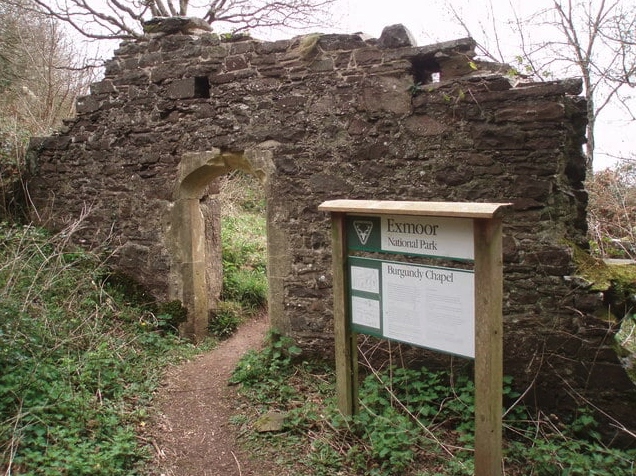
The rescuers eventually found the man trapped in a steep gully, where Coastguard officers and a cliff rescue technician were able to reach him.
However, due to the terrain and the remote location, they decided to extract the walker by air and called in the Coastguard rescue helicopter from St Athan, in South Wales.
The helicopter crew undertook a winch recovery through the thick vegetation and trees using a small clearing nearby.
They then landed the walker uninjured near the shoreline, where Lynmouth Coastguards had set up a helicopter landing site.
A Coastguard spokesperson said: “Thankfully, the casualty was uninjured.
“On this occasion, the use of a mobile phone and whistle by the walker enabled them to be located in relatively quick time on what was a very hot day.
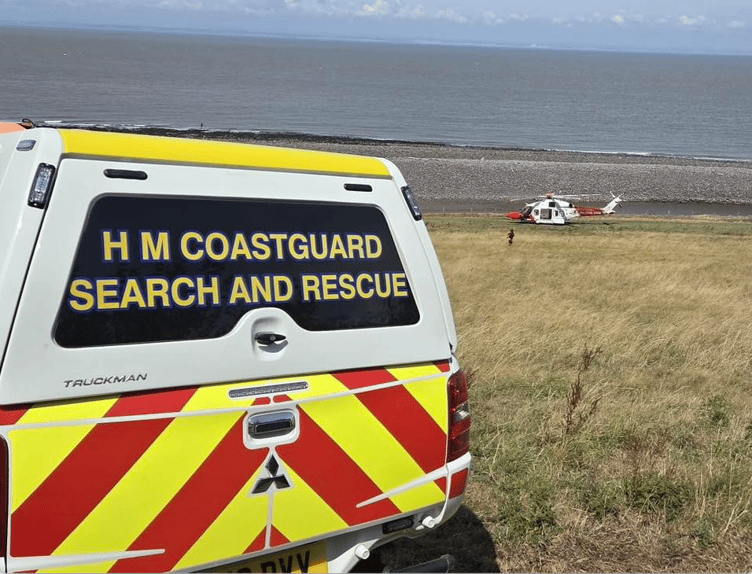
“Coastal path walkers are encouraged to ensure they take similar precautions, carry a mobile phone, whistle, map, carry plenty of fluids, and be prepared for the elements, and not to attempt to scale or descend cliffs.
“In an emergency in and around the coast, dial 999 and ask for the Coastguard.”
Burgundy Chapel, which measures only about 25 by 16 feet with two-feet thick walls and about which little is known, is positioned on the side of a cliff overhanging the sea.
It is thought to have been a ‘votive chapel’, built as an offering of thanksgiving by the Luttrell family, possibly on return from one of the disastrous expeditions to Burgundy during the Hundred Years’ War of 1337 to 1453.
The South West Coast Path Association describes the path to the chapel ruins as ‘an adventurous walk for the intrepid walker, featuring a narrow stony path climbing steeply beyond the chapel’.
An association spokesperson said it was ‘not for the faint-hearted, but older children will love it, and will be fascinated by the ancient ruins’.
They warned: “Do not be tempted to reverse the route, downhill this path is a nightmare.”
Historians believe Burgundy Chapel could be the ‘Bircombe Chapel’ which is mentioned in the household accounts of the Luttrell’s Dunster Castle for the year 1405 and is mentioned again in 1420.

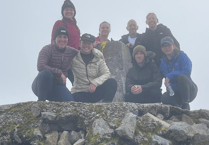
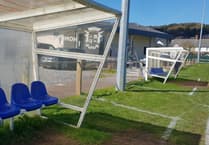

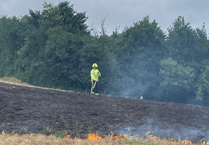
Comments
This article has no comments yet. Be the first to leave a comment.